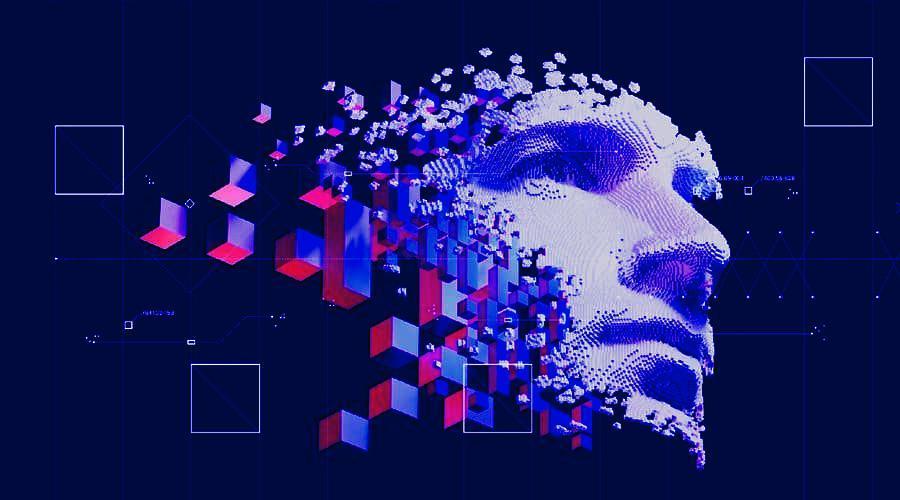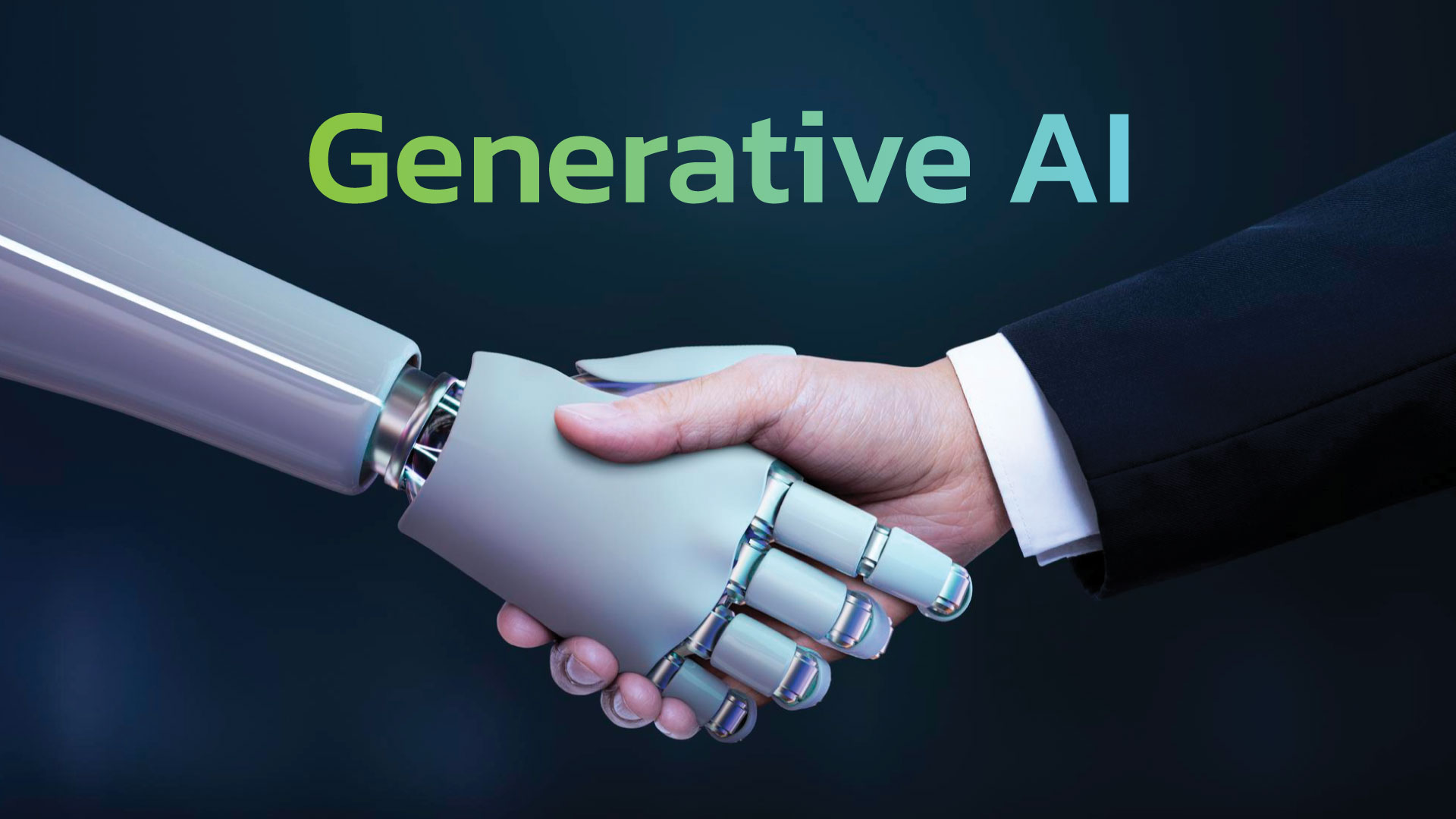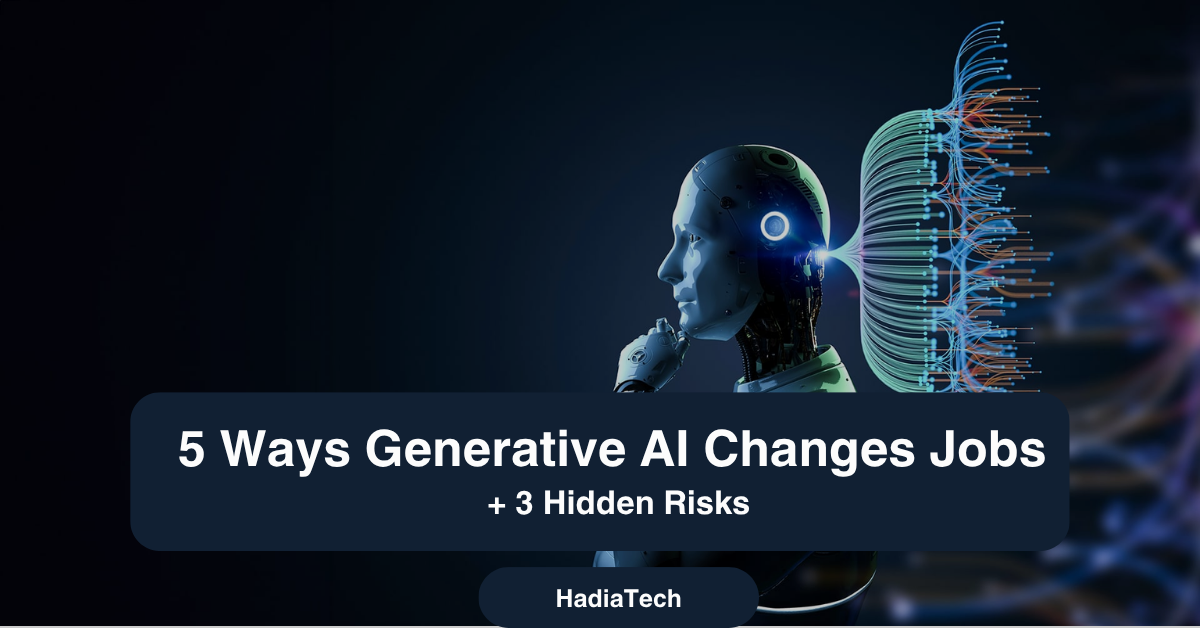Generative AI’s Impact on Jobs: 5 Wins & 3 Hidden Dangers
Remember the first time you saw ChatGPT write an essay? Or Midjourney spit out a trippy masterpiece in under 10 seconds?
Back then, it felt like a fun toy. A novelty. Something to poke at on a lazy Friday. Now, fast-forward to 2025 and this isn’t just writing cute poems. It’s rewriting the entire fabric of work.
Product designs, sales pitches, code snippets, HR memos all spun up by invisible co-pilots in the cloud. Or worse by that random intern who just discovered “prompt engineering” on TikTok.
And while the hype machine keeps screaming more efficiency! more scale!, there’s a quieter story brewing underneath: subtle risks that could blindside teams who assume it as a magic bullet.
So, what exactly is changing? What new headaches are we inviting in? Let’s peel it back.
The Top 5 Ways Generative AI Is Shaking Up How We Work

1️⃣ Automating The Dull Stuff (Goodbye Busywork)
Look no one woke up craving to write product descriptions for 4,000 SKUs. Or rephrase the same cold email fifty different ways.
It bulldozes repetitive, soul-crushing tasks.
Copywriting. Boilerplate code. Meeting notes. Social captions.
Tools like Jasper, GitHub Copilot, and Notion AI mean knowledge workers can offload hours of drudgery to a patient silicon sidekick. That’s hours back for strategic thinking or just reclaiming lunch breaks that used to vanish in the black hole of “make it sound more friendly.”

2️⃣ Sparking Creativity Where You Least Expect It
Ironically, machines are helping us be more human at least creatively.
Designers use DALL·E or Midjourney to prototype wild ideas in seconds. Marketers riff on a hundred taglines and pick the best. Musicians, screenwriters, even game developers lean on it to break creative blocks.
It’s like having a brainstorming partner who never gets tired or snarky.
And yes it still sometimes hallucinates. But sometimes that’s where the magic lives.
3️⃣ Turbocharging Personalization
You know those generic “Dear Valued Customer” emails? Is it killed them.
Modern sales and support teams are using it to craft hyper-personalized messages at scale. Same with marketing. Same with customer onboarding flows.
Imagine: 10,000 tailored versions of your pitch deck tweaked for industry, tone, personal all spun up while you’re grabbing coffee. Wild.
4️⃣ Upskilling And Job Shape-Shifting
Here’s the twist: It doesn’t just replace tasks it changes the shape of the job itself.
Take software engineers. Sure, Copilot writes boilerplate. But devs still need to architect systems, debug weird edge cases, and steer ready made code back on course.
Same for lawyers, marketers, or teachers. It offloads grunt work but demands better human judgment. The premium is on curation, editing, steering, sense-checking. It’s less about cranking out pages more about knowing what should exist.

5️⃣ Leveling the Playing Field
Not every company could afford a fancy creative agency or a full-time social media manager. It drops those barriers.
Startups can punch above their weight. Solopreneurs can launch brands that look Fortune 500-polished. Nonprofits can stretch tiny budgets for max impact.
The productivity dividend? Not just for tech giants anymore.
But Hold Up 3 Sneaky Risks Nobody’s Talking About
Alright, let’s put the hype aside. Here’s where things get sticky.
🚩 1. The Trust Trap: When It Lies With Conviction
It is a masterful liar.
Hallucinations. Fabricated citations. Fake stats that look legit.
If your team blindly copies what it generates, you risk shipping flawed code, plagiarized blog posts, or worse misleading reports.
I once watched a junior analyst paste an AI financial summary straight into a board report. It cited sources that literally didn’t exist. Did we catch it in time? Barely. Did the CFO break a sweat? Absolutely.
Moral of the story: trust but verify. Then verify again.
🚩 2. Skill Atrophy: Use It Or Lose It
If AI writes your emails, your code, your slides what happens to your writing muscles? Your debugging grit? Your critical thinking edge?
Over-reliance is real. Whole teams risk turning into “button pushers” prompt in, copy out. Meanwhile, deep craft gets rusty. And when it fails (and it will), you’re left scrambling to remember how to do it the hard way.
Smart teams are baking human skill reps back in. They treat it as co-pilot, not autopilot.
🚩 3. Data Drain & Privacy Grenades
To get good outputs, people feed this piles of internal data drafts, strategy docs, even client records.
What happens when that sensitive stuff leaks into training sets? Or gets accidentally exposed via a prompt? Yikes.
In 2025, the lawsuits are already rolling in. Companies are scrambling to set guardrails from zero-trust plug-ins to internal-only this sandboxes.
Bottom line: treat it like a chatty intern. Never give it secrets you can’t afford to see on Reddit.

How Smart Teams Are Staying Ahead
Alright, so you want the upside but don’t fancy a privacy scandal or skill drain meltdown. What’s the playbook?
Here’s what high-trust orgs are doing:
✅ Human-in-the-Loop Always
Nobody ships AI drafts without human review. Ever.
✅ AI Literacy Training
Whole teams learn how AI works, where it breaks, and how to prompt smartly. Even non-tech staff.
✅ Clear Data Policies
Define exactly what can go into prompts and what never should. Think NDAs for your AI workflows.
✅ Sandbox & Experiment
Pilot AI in low-risk areas first. Marketing copy, social posts, internal memos. Measure impact, tweak processes, expand from there.
A Quick Tangent: The Time We Let AI Write Job Descriptions
Last year, a friend’s HR team used an AI to crank out job postings. Looked slick. Perfect SEO. Problem? They forgot to check for bias.
Turns out it and absorbed old biased data and the final postings subtly excluded whole swaths of qualified candidates.
Lesson? It mirrors what you feed it. If your training data’s biased, your output will be too. So now they run every job description through a human and a bias checker. Extra step. Worth it.
Should You Be Worried? Or Excited?
Both.
If you’re not experimenting with it by now, you’re behind. The productivity lift is too big to ignore. Your competitors are absolutely using it to work faster, cheaper, and sometimes better.
But gen AI is not magic. It’s not your replacement. And it’s not a get-out-of-thinking-free card.
It’s a tool. A force multiplier for teams who know how to wield it and a liability for those who just hit “generate” and hope for the best.
The Bottom Line
It is rewriting the DNA of jobs stripping away grunt work, supercharging creativity, and shifting what “skilled work” actually means. But lurking beneath the glitter are real risks: trust gaps, skill decay, accidental leaks.
Ignore them and you’ll pay in brand damage, compliance nightmares, and expensive cleanup.
Use It wisely, though? You unlock insane leverage. More output. Better ideas. Faster delivery. And maybe just maybe more time for humans to do what we do best: think weird, dream big, and keep the machines honest.




